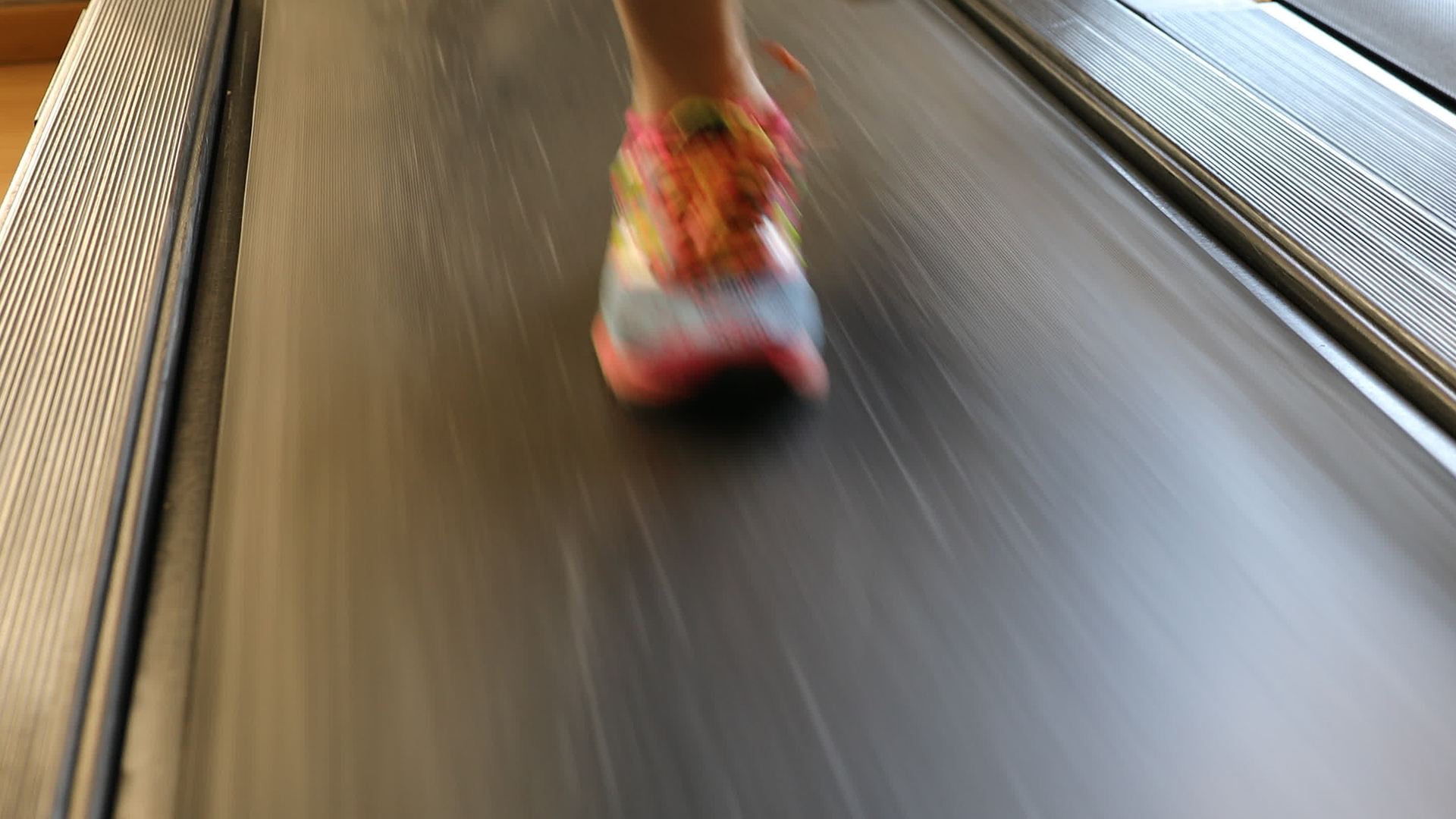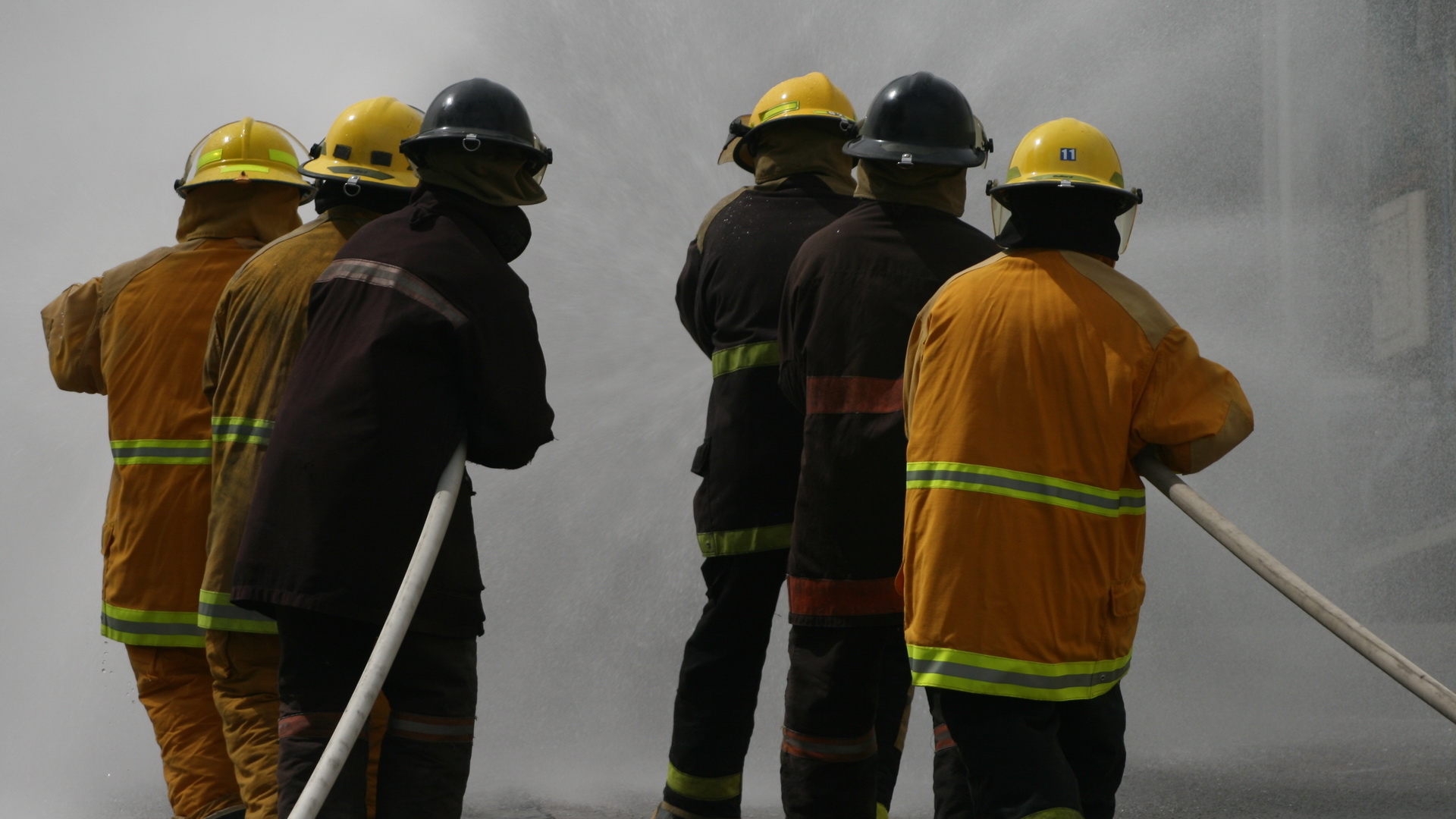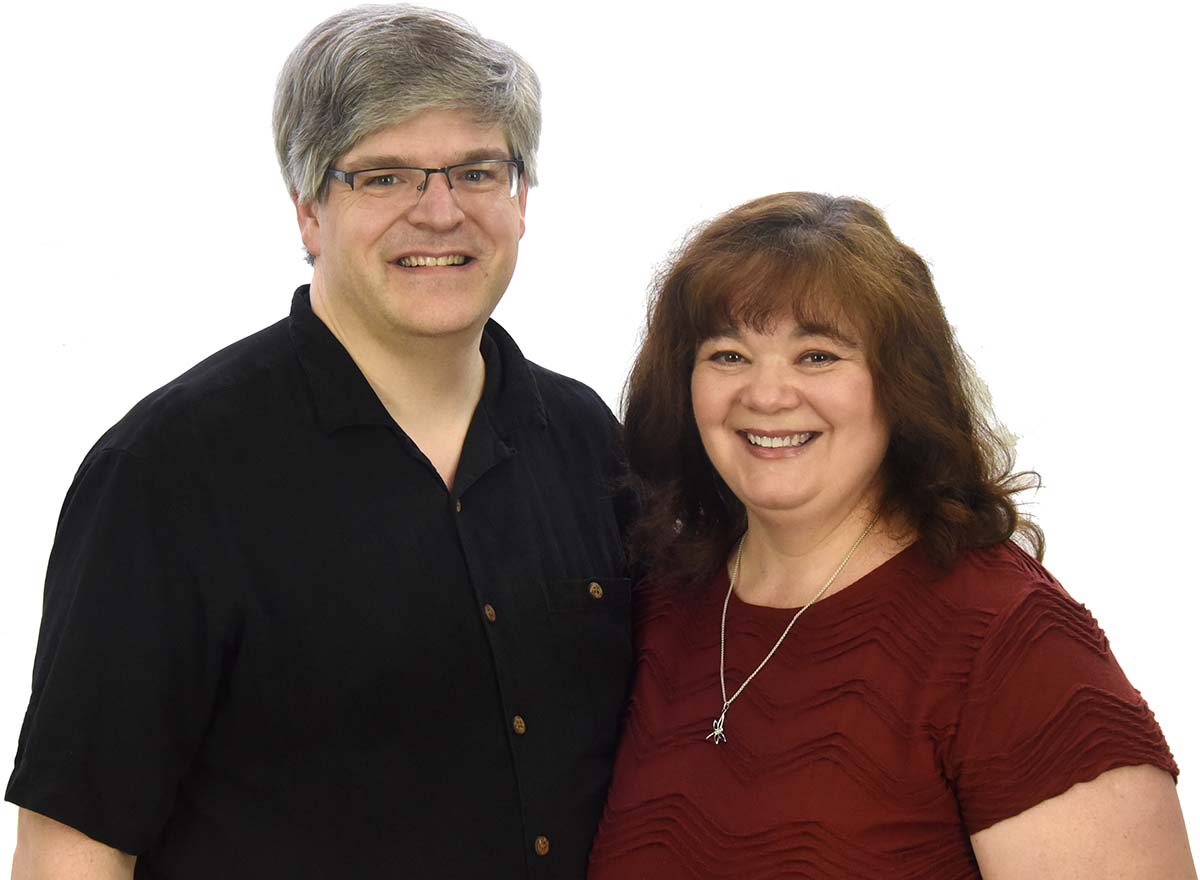The alarm rings, and you want to tap snooze again. Instead, you turn it off and stumble towards the bathroom. It is another weekday, and the same routine repeats itself. It doesn’t feel like you’re getting anywhere. It’s like you’re walking up the down escalator or like you’re stuck on the treadmill of life. It’s exhausting, and it feels like you’re becoming burned out. Short of pulling the fire handle when you get to work, what can you do?
Gradual Changes
In your own children, it’s hard to see growth. The changes happen slowly over the course of years. While, at some level, you’re aware that they’re growing, on another level, it doesn’t seem like they’re changing at all. The change is happening but very gradually. We’re all bad at seeing slow changes. Children and trees never seem to grow. Our memories silently and subtly adjust our previous perceptions until the way they are today is the way they always were.
If, however, you go to visit a friend in another city and their children, the change isn’t so subtle. Their children may have grown inches or feet since you saw them last, and the change is striking. Visit an old home, and the sapling you planted may have grown to have a tire swing hanging from it.
One of the challenges that keeps us trapped on the treadmill is failing to recognize the small changes that are real – but imperceptible until you focus your interest on them.
Nothing Ever Happens
On the treadmill of life, it feels like things don’t change. It’s like Groundhog’s Day every day with the same breakfast, drive, and endless string of tasks to be done. It’s too easy to discount the changes that are happening because they don’t seem permanent. Sure, you got to go to do something different or special, but it’s special, so that means it won’t happen again.
If you want surprise, look at the number of things you have done that aren’t the same – that are unique and different – go through the photos on your phone. Look at the places, parties, and people. Our brains find it hard to reconnect memories of the exceptions when we’re caught in the day-to-day. We forget all the experiences we’re getting that prove we’re not doing the same thing all the time.
Stopping the Treadmill
Stopping the treadmill of life so that you feel like you’re accomplishing something isn’t as easy as pressing a stop button, but it can be as easy as looking back through the experiences you’ve had to see what you’ve been able to do and how those experiences have changed you. If you want to avoid burnout, you must feel effective, and to do that you don’t have to look any further than the pictures on your phone.





